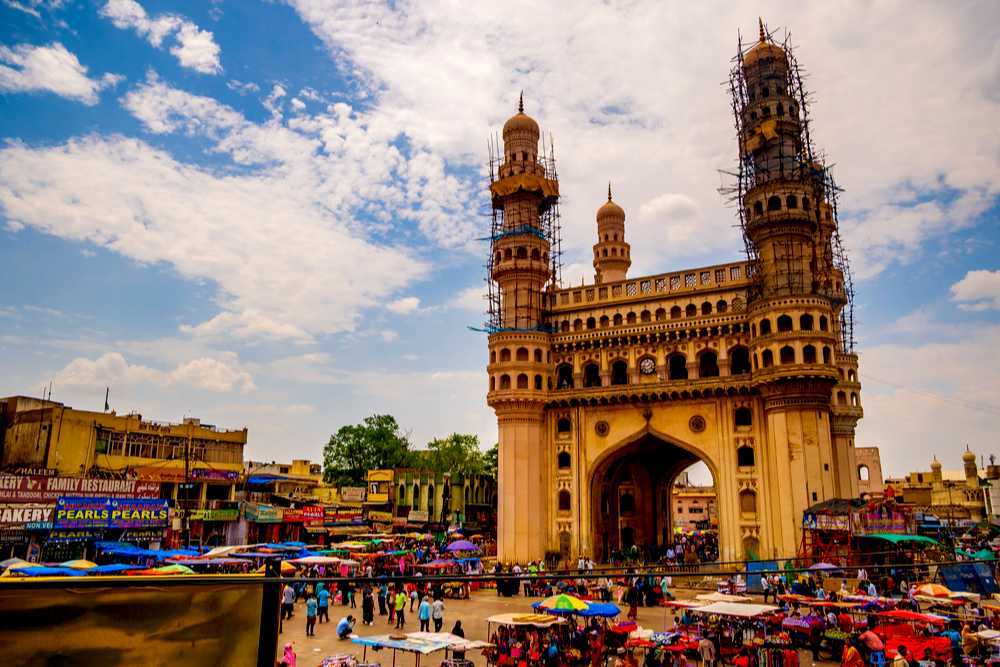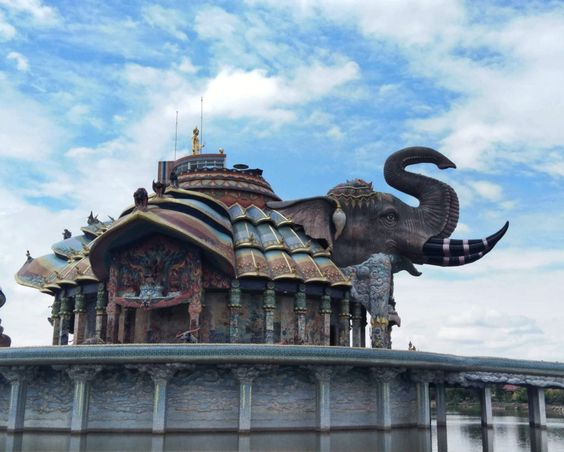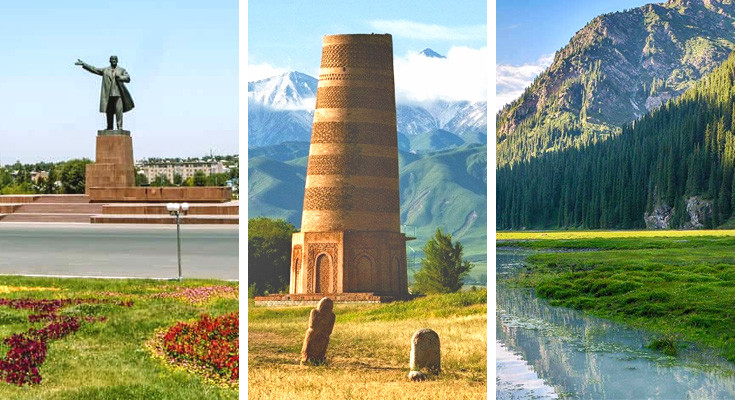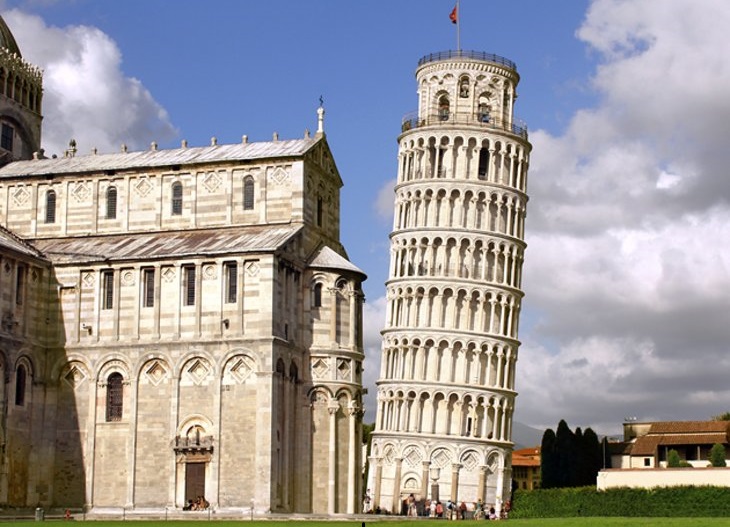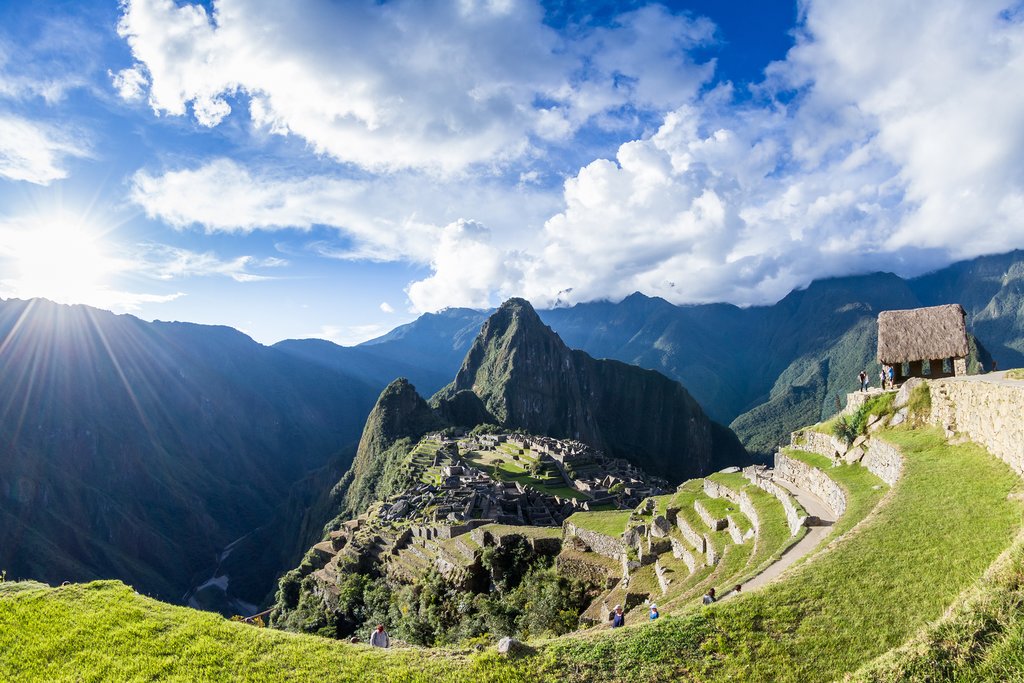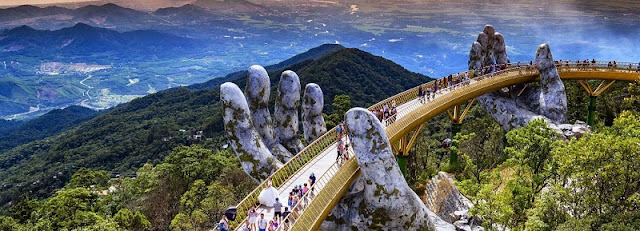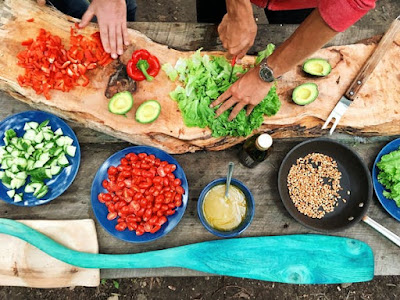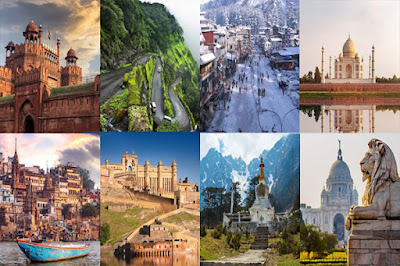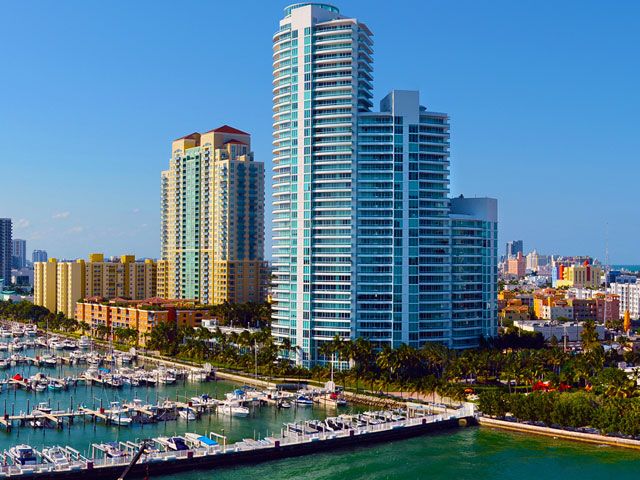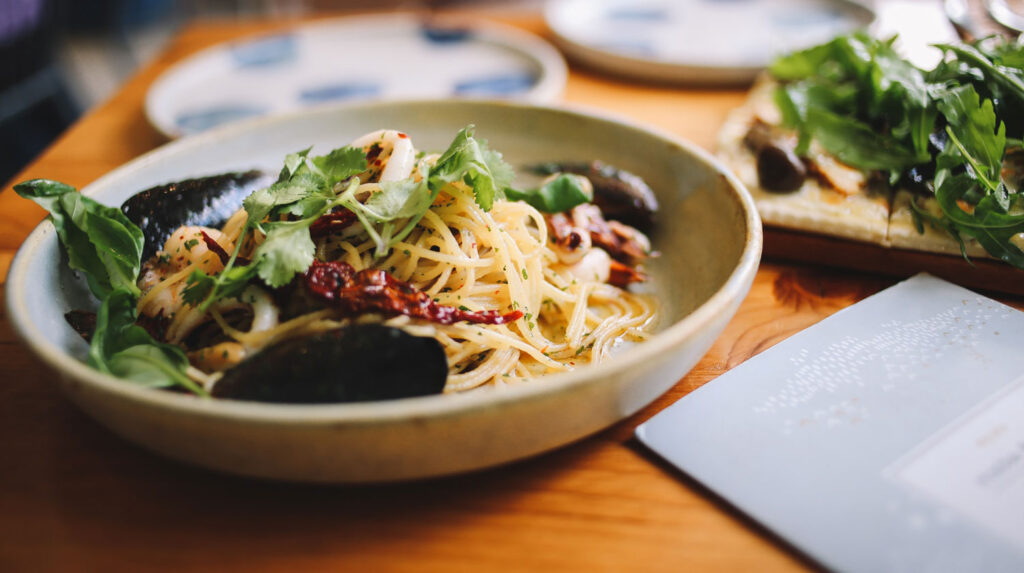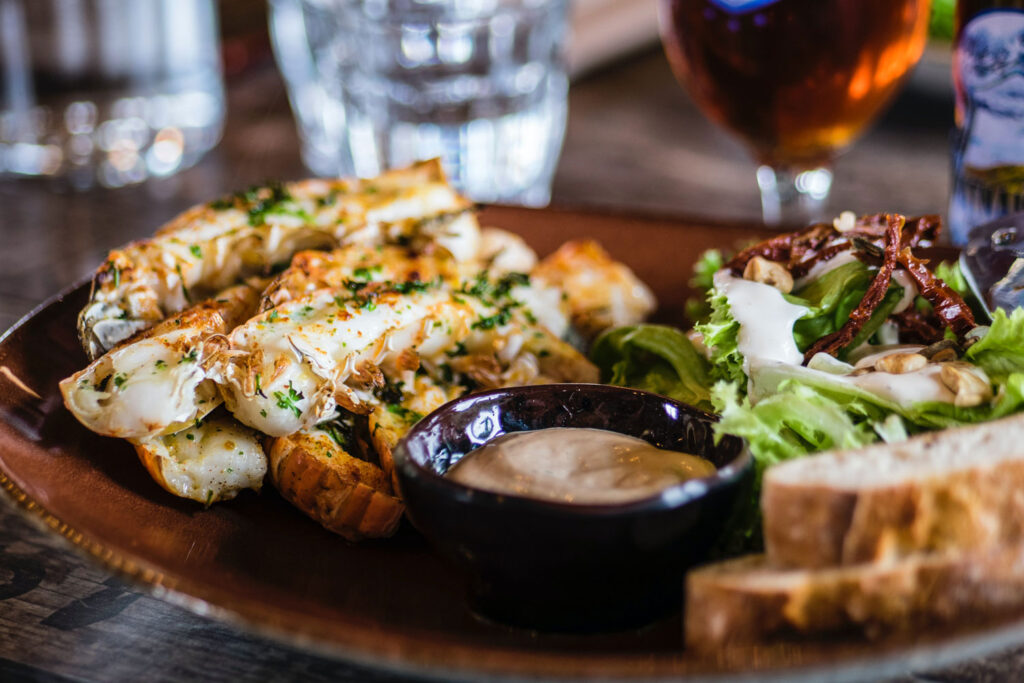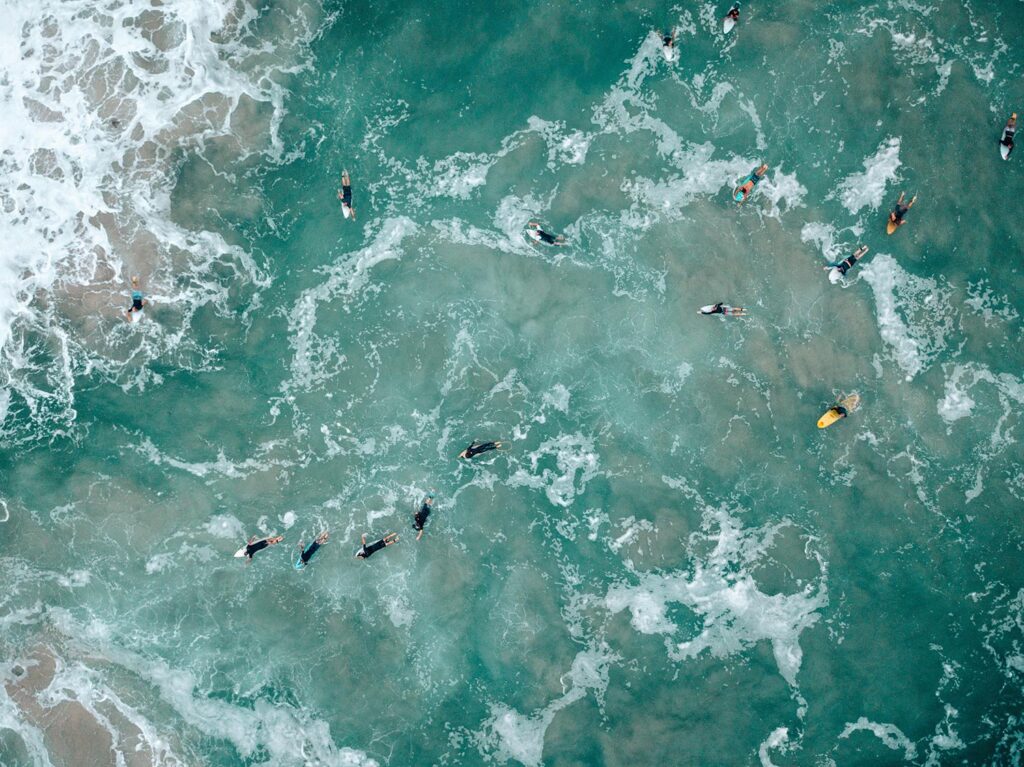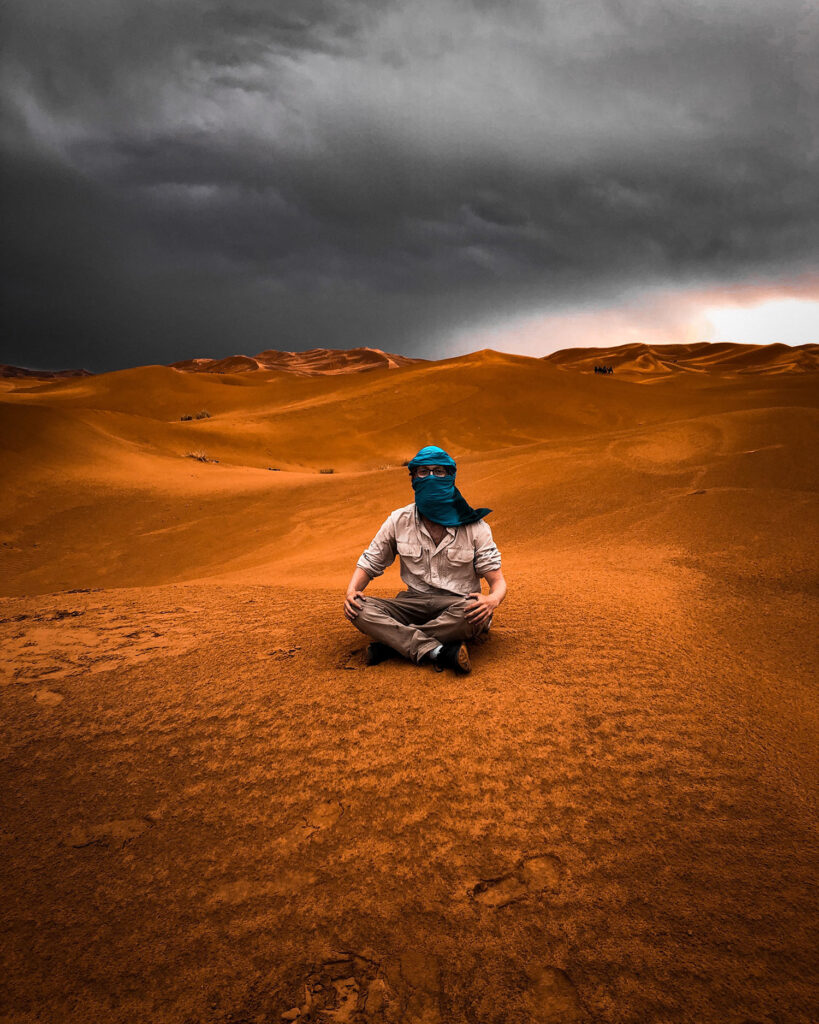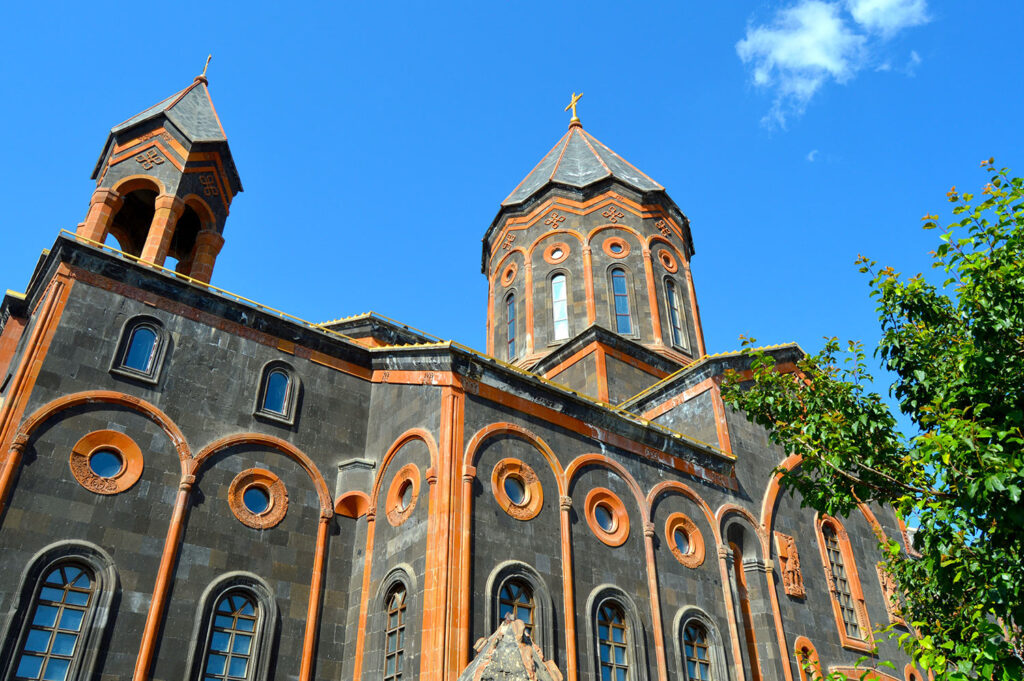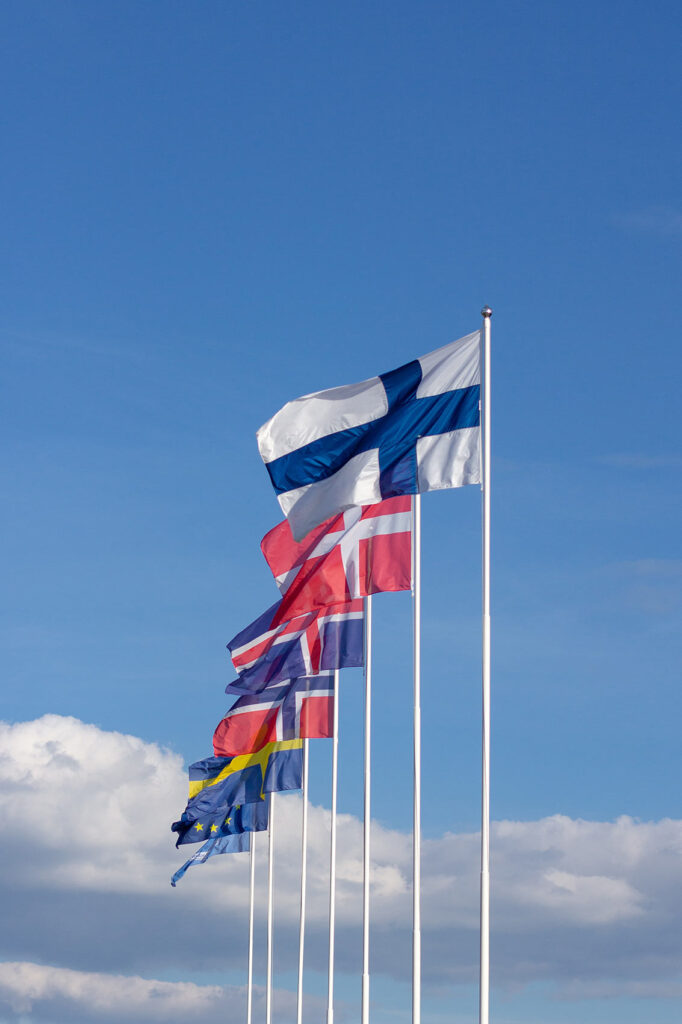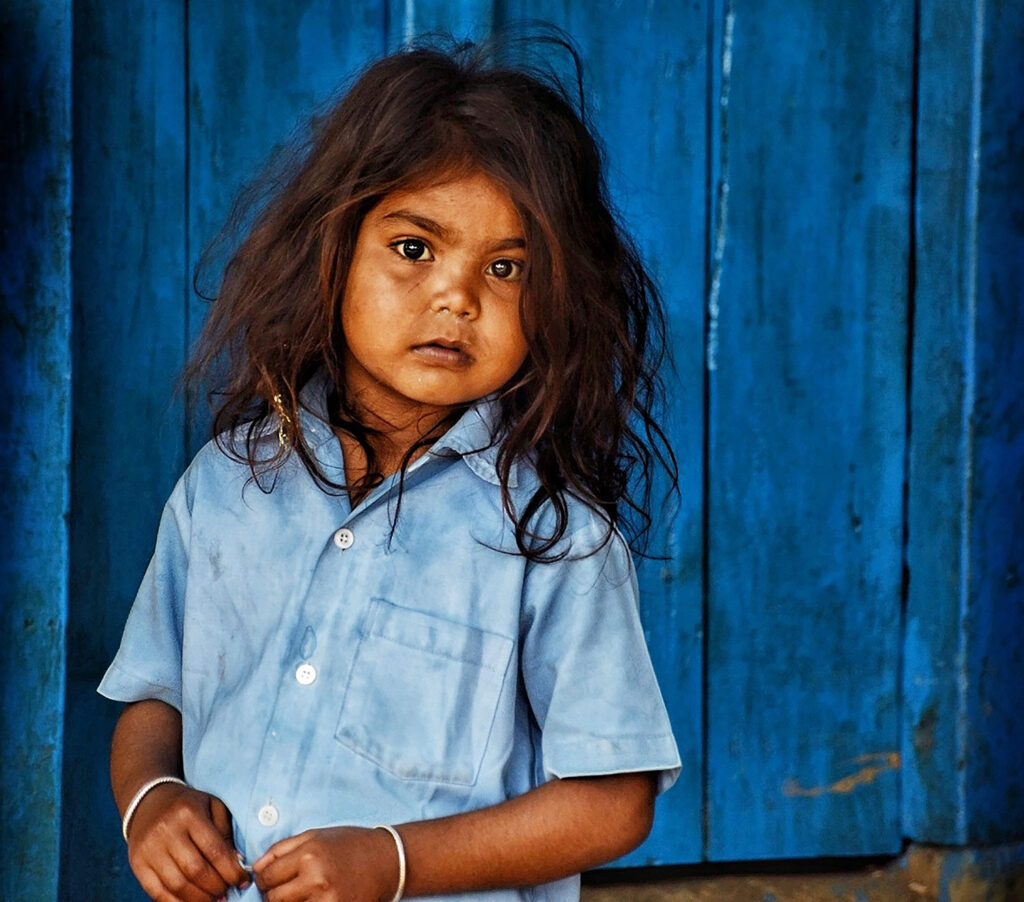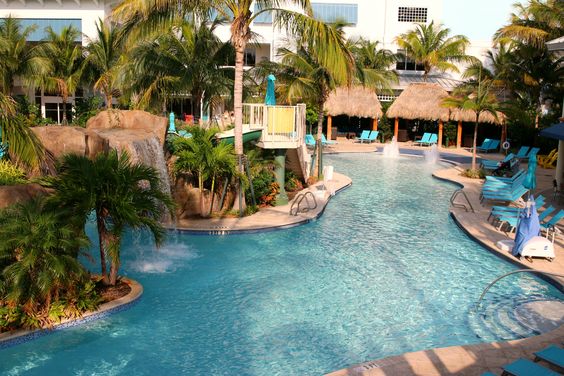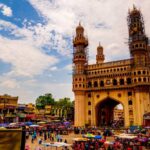Explore Hidden Paradise: Lakshadweep’s Beauty
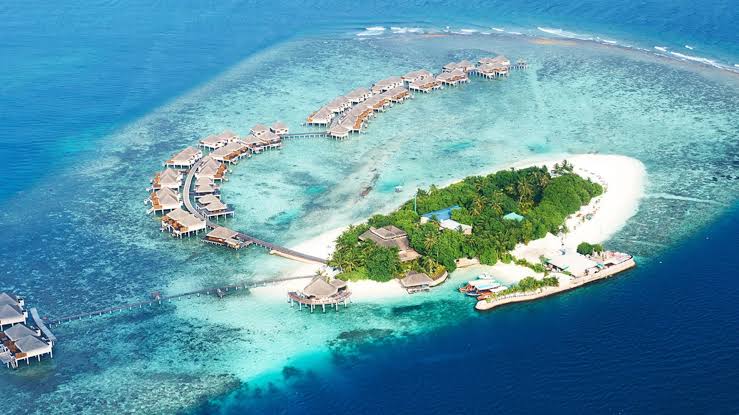
Nestled in the azure waters of the Arabian Sea, Lakshadweep is a tropical haven waiting to be explored. Comprising 36 pristine coral islands, this Union Territory of India is a treasure trove of natural beauty, rich traditions, delectable cuisine, and a unique cultural heritage. Join us on a virtual tour as we unveil the enchanting secrets of Lakshadweep.
Discovering the Hidden Paradise: A Journey Through Lakshadweep’s Beauty, Culture, and Cuisine
Tourist Delights: Island Hopping in Paradise
Agatti: Start your Lakshadweep odyssey with Agatti, the gateway island. Pristine beaches like Agatti Beach and Sunset Beach beckon for lazy strolls, while the crystal-clear lagoon is perfect for snorkeling and kayaking. Don’t miss the Marine Research Center, showcasing the islands’ rich marine biodiversity.
Bangaram: Escape to Bangaram, a teardrop-shaped island fringed by a breathtaking lagoon. This uninhabited haven offers pristine snorkeling grounds, birdwatching trails, and the chance to witness nesting sea turtles.
Kadmat: Embark on an adventure to Kadmat, the second-largest island. Hike through lush coconut groves, explore ancient shipwrecks, and learn about traditional Lakshadweep fishing techniques at the Fisheries Museum.
Minicoy: Experience the unique Maldivian influence on Minicoy, the southernmost island. Witness mesmerizing Theyyam dance performances, visit the historic lighthouse, and savor the island’s distinct cuisine.
Lakshadweep’s Traditions and Culture:
Lakshadweep’s culture is deeply rooted in its maritime history and Islamic heritage. The locals, primarily of Maldivian and Arab descent, have preserved their traditions through art, music, and dance. The vibrant Kolkali dance, performed during festivals, reflects the islanders’ unity and camaraderie. Traditional music, played on instruments like the Rabab and Tabla, fills the air during celebrations, creating a festive atmosphere that resonates with the island’s cultural richness.
Lakshadweep’s Local Cuisine: A Gastronomic
Journey No exploration is complete without savoring the local flavors, and Lakshadweep doesn’t disappoint. Seafood lovers will be in paradise as the cuisine predominantly features fresh catches from the surrounding waters. Malabar biryani, a fragrant rice dish infused with aromatic spices, is a local favorite. Coconut plays a central role in Lakshadweep’s cuisine, with dishes like Tharikanji (coconut milk-based curry) and Kootu curry (vegetable and lentil stew) showcasing the versatile use of this tropical ingredient.
Lakshadweep’s cuisine is a delightful fusion of Malabari and Arab flavors. Fresh seafood dominates the menu, with tuna, mackerel, and lobster featuring in dishes like Mas Riha (spicy fish curry) and Meen Molee (coconut fish gravy). Savory rice preparations like Kulfal (chicken biryani) and Mutton Curry will tantalize your taste buds. And don’t forget to indulge in the ubiquitous Malabar Parotta, fluffy flatbreads perfect for dipping in fragrant curries.
Whispers of the Past: Lakshadweep’s Enigmatic Origins
The history of Lakshadweep is shrouded in mystery. Archaeological evidence suggests settlements as early as the 3rd century BCE, though legends speak of the last Chera king of Kerala seeking refuge on these islands. Portuguese and British influences are also evident in the islands’ architecture and maritime traditions. Today, Lakshadweep is a treasure trove of ancient folklore, passed down through generations in rhythmic ballads and captivating storytelling.
Lakshadweep’s history dates back to ancient times, with mentions in Greek and Roman texts. The islands were an important center for maritime trade, connecting the Indian subcontinent with the Middle East. Over the centuries, various dynasties, including the Cholas and the Portuguese, influenced the region. The arrival of Islam in the 7th century left an indelible mark on Lakshadweep’s culture and traditions. Today, the islands stand as a testament to a harmonious blend of diverse influences.
Island Hopping: A Paradise for Nature Enthusiasts
Lakshadweep’s islands are like precious gems scattered across the vast expanse of the Arabian Sea. From the coral-rich Kavaratti to the serene Agatti, each island has its own distinct charm. Bangaram, often referred to as the ‘Jewel of Lakshadweep,’ boasts mesmerizing coral reefs and powdery white sand beaches. Experience the thrill of island hopping, where crystal-clear lagoons and vibrant marine life are just a boat ride away.
Preservation and Conservation:
The fragile ecosystem of Lakshadweep demands responsible tourism and conservation efforts. The coral reefs, home to a myriad of marine life, are a vital part of the region’s biodiversity. Visitors are encouraged to engage in eco-friendly activities like snorkeling and scuba diving, ensuring minimal impact on the delicate ecosystem. The local administration has implemented measures to protect the islands’ natural beauty and preserve their unique flora and fauna.
Beyond the Beaches: Responsible Tourism in Lakshadweep
Lakshadweep’s fragile ecosystem requires responsible tourism practices. Opt for eco-friendly resorts and hotels committed to sustainable tourism. Be mindful of your waste and dispose of it responsibly. Respect the local culture and dress modestly when visiting villages. By following these simple steps, you can help preserve the magic of Lakshadweep for future generations.
Lakshadweep is more than just a beach destination; it’s an experience that stays with you long after you return home. So, pack your bags, embrace the island spirit, and discover the hidden gems of this tropical paradise. Remember, in Lakshadweep, time slows down, worries melt away, and the azure waters whisper tales of a timeless beauty.
Conclusion:
Lakshadweep is more than just a tropical paradise; it’s a journey through time, culture, and nature. Whether you’re seeking tranquility on pristine beaches, immersing yourself in vibrant traditions, indulging in flavorful cuisine, or marveling at the islands’ historical roots, Lakshadweep offers a captivating experience for every traveler. Embark on this enchanting voyage and discover the hidden wonders of Lakshadweep.
I hope this blog post has inspired you to explore the wonders of Lakshadweep. Please feel free to leave any questions or comments below and happy travels!
FAQs on Lakshadweep
1. What is Lakshadweep?
- Lakshadweep is a group of islands located in the Arabian Sea, off the southwestern coast of India.
2. How many islands make up Lakshadweep?
- Lakshadweep consists of 36 islands, with Kavaratti being the administrative capital.
3. What is the significance of Lakshadweep?
- Known for its pristine beaches, coral reefs, and vibrant marine life, Lakshadweep is a popular tourist destination, offering a tranquil and picturesque environment.
Tourist Places:
4. Name some popular tourist places in Lakshadweep:
- Agatti Island, Bangaram Island, Kavaratti, Kalpeni, Minicoy, and Kadmat are among the most visited islands.
5. What activities can tourists enjoy in Lakshadweep?
- Snorkeling, scuba diving, water sports, and exploring coral reefs are popular activities. Visitors can also indulge in the unique culture and traditions of the locals.
6. Are there any historical sites in Lakshadweep?
- Lakshadweep primarily offers natural beauty, but Kavaratti has historical attractions such as Ujra Mosque and the Kavaratti Aquarium.
Traditions:
7. What are the traditional dances of Lakshadweep?
- Lava dance and Kolkali are traditional dances performed during festivals and cultural events.
8. What is the traditional attire of the people of Lakshadweep?
- Men often wear a white dhoti and shirt, while women wear colorful sarees with heavy embroidery.
9. Are there any specific festivals celebrated in Lakshadweep?
- Eid-ul-Fitr and Eid-ul-Adha are major celebrations. Additionally, local festivals like “Bakrid” and “Milad-un-Nabi” are observed with enthusiasm.
Food:
10. What is the staple food in Lakshadweep?
Seafood is a staple, with dishes like tuna, lobster, and squid being popular. Coconut-based dishes are also common.
11. Name a traditional dish from Lakshadweep:
Kattan Kudiyan is a traditional dish made with rice, grated coconut, and jaggery.
12. Is alcohol allowed in Lakshadweep? – No, Lakshadweep is a dry region, and the sale and consumption of alcohol are prohibited.
Origin:
13. How did Lakshadweep get its name?
The name “Lakshadweep” means a “hundred thousand islands” in Sanskrit.
14. When did people first settle in Lakshadweep?
The islands have been inhabited for centuries, with historical evidence suggesting settlement by various communities over time.
15. Is Lakshadweep part of any mythology?
According to local legends, Lakshadweep is believed to be the remaining part of the ancient island of Dvipa, mentioned in Hindu mythology.









